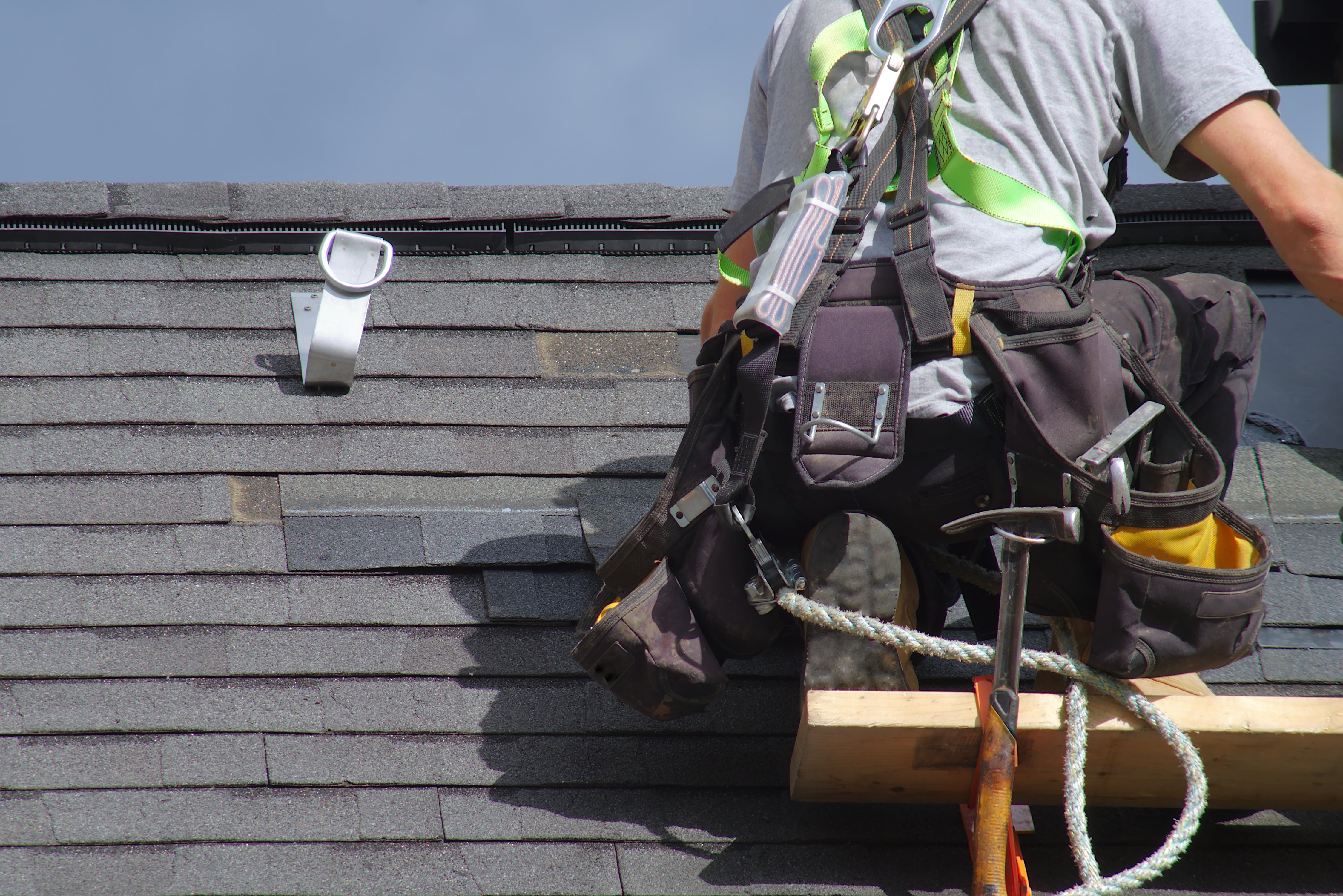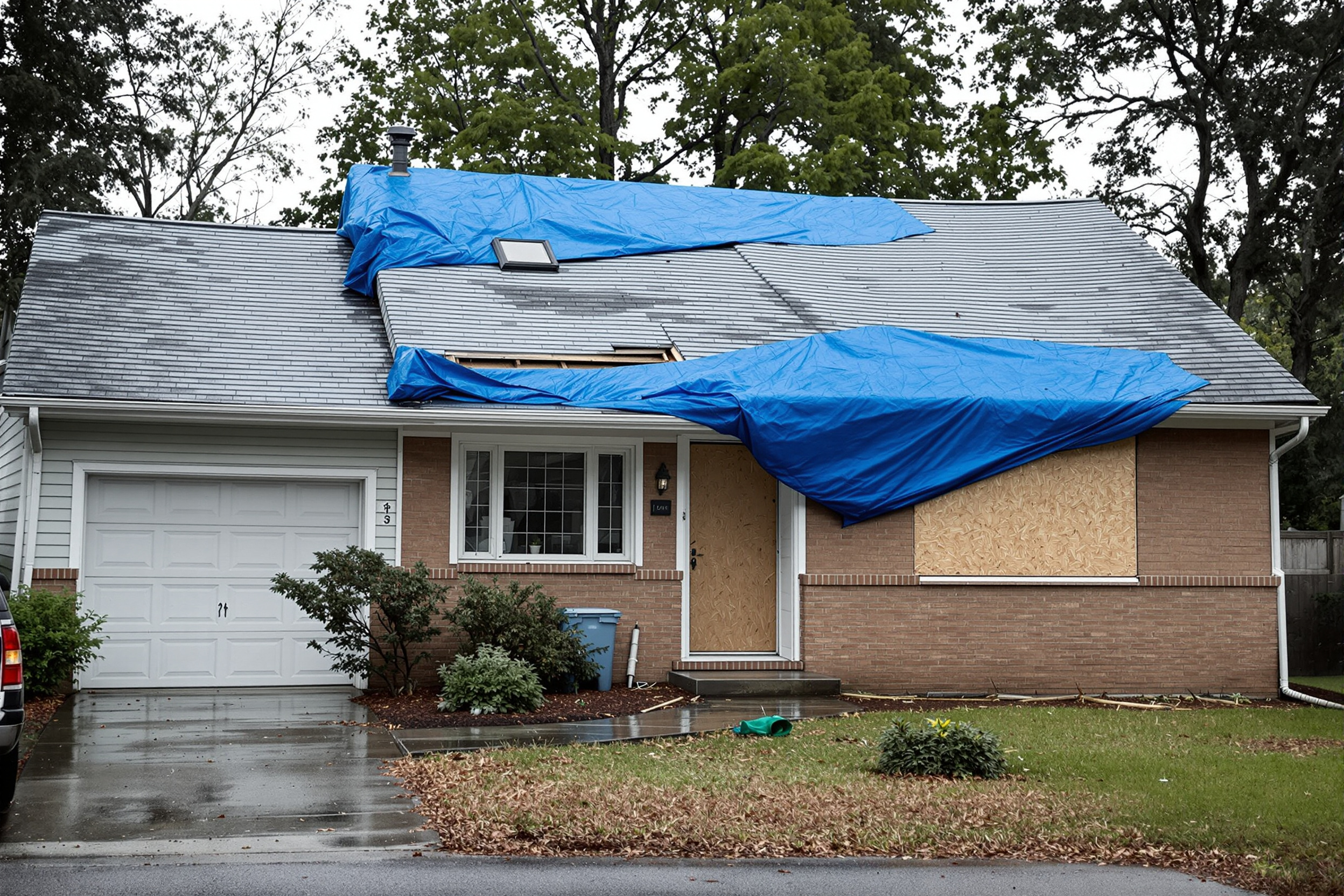Did you know that at least half a million properties in the U.S. face a risk of flood water damage? To make matters worse, flood risk is growing.
New maps indicate flood damage will increase by at least 26% in the next three decades, thanks partly to climate change. But, perhaps, the most worrying takeaway for real estate investors is that their standard landlord insurance would not cover any damages caused by a flood. Yes, you read that right!
Luckily, online insurance brokers like Obie have got your flood insurance needs covered. Before settling down to enjoy your rental income, here is everything you need to know about flood risk and the coverage that protects you.
Why You Need Flood Insurance for Rental Property
Flood insurance is coverage against damages from flooding. You must purchase it separately from your regular landlord coverage, even if you have purchased the most comprehensive policy.
Rental property flood insurance covers any damages to the property’s fabric, detached buildings like garages, electrical wiring, plumbing, cabinets, cooling system, and heating system. You can add coverage for your personal property if you rent out a furnished home, such as a short-term rental.
However, while it covers detached buildings, flood insurance does not provide coverage for pools, fences, decks, or landscaping. It also does not cover damages to a tenant’s personal property. Therefore, it is important to advise tenants to have renters insurance coverage for their belongings.
Flood insurance for rental properties is quite different from that of owner-occupied properties. It covers the actual cash value (ACV) of the insured items instead of the replacement cost. That means your claim payout from the insurance company will be reduced for the depreciation of the specific items and will not necessarily cover the full cost to replace the item in question.
Not sure if you need flood insurance? Check the Obie Risk Map to see if your property or a property you intend to purchase may be within a flood zone.
Common Misconceptions About Flood Insurance
The many misconceptions around the subject have often led some landlords down the wrong path. This ranges from completely ignoring flood insurance to not shopping for the best provider for one’s needs. Some of the common misconceptions to be aware of include:
1. It is only available for property owners in flood zone areas
Unfortunately, areas with a low chance of flooding also experience floods. In fact, according to FEMA, more than 40% of National Flood Insurance Program (NFIP) claims are from property owners outside of areas with a high likelihood of flooding. Regardless of the property’s location, it is important to have flood insurance as a landlord. If the property is in an area with low chances of flooding, you may be eligible for a low-cost Preferred Risk Policy.
2. Flood insurance is part of standard coverage
Flood insurance is not part of your standard landlord insurance. Even the most comprehensive policy known as DP3 does not usually include water damage from flooding. While this is the case, it does not mean you cannot have it within your policy.
Sadly, many landlords ignore flood insurance since it is not part of their standard policy. But insurers usually allow one to add extra coverages as riders or endorsements at a fee or as a separate policy, including flood insurance.
3. FEMA’s NFIP program is the only flood insurance provider
There is a common belief that NFIP is the only flood insurance provider. However, private insurers have risen to the occasion and may offer better coverage options for flood insurance.
For instance, NFIP has a coverage limit of $500,000 for business owners. This could expose you to more costs if the property damages exceed this limit. In addition, a private carrier with a higher rating, more customers, and competitive premium rates might offer you better services at more affordable prices than the government-backed program.
4. Flooding only occurs from storms
This cannot be further from the truth. Other factors that could cause flooding include melting snow, dam failure, river or lake bank breakage, or oversaturation of underground water that seeps into the property’s foundation or other vulnerable areas.
5. You cannot buy flood insurance during a storm
The truth is you can buy flood insurance anytime, even in the middle of a storm. However, insurers usually have a waiting period before the policy takes effect, meaning you will not be covered for any damages during this period. While the NFIP usually has a 30-day waiting period, private insurers may offer a shorter waiting period. But don’t wait until the last minute to look for the best flood insurance coverage.

How Much Does Flood Insurance Cost for Rental Property?
Flood insurance varies in costs, but can be hundreds, if not, thousands of dollars annually. Some will have a higher premium, while others might pay lower premiums than the average or their counterparts. It's always a good idea to work with an agent or online insurance broker like Obie to determine how much your flood insurance will cost.
Factors that could affect the cost of your flood insurance coverage include:
- Location: properties in flood zone areas or close to bodies of water have higher premiums than their counterparts due to the increased probability of flood. In addition, insurers consider the location’s flooding history and elevation above sea level. Properties in areas with a flooding history or a low elevation are likely to mean higher insurance costs.
- Property’s age: newer homes tend to have more affordable premiums than older homes. That's because insurance companies consider older homes prone to more damage than newer homes, making them riskier to insure.
- Your desired coverage: how much flood insurance coverage would you like? $50,000 or $300,000? Whatever coverage limit you choose, keep in mind that a higher coverage means more premiums. Still, having a higher premium isn't necessarily a bad thing. You could risk losing a lot during a catastrophic flood, so it's important to have coverage that will protect your asset and minimize your out-of-pocket expenses.
- Insurance deductible: a higher deductible reduces the cost of flood insurance. However, a bigger deductible could leave you with a higher bill to pay if the actual damages exceeds your coverage limits.
- State requirements: properties in Special Flood Hazard Areas (SFHA) are required by the National Flood Insurance Program to have flood insurance. Due to this, property owners in these areas have higher premiums than those outside of these zones.
Can You Get Flood Insurance if a Rental is in a High-Risk Area?
Do you know whether your rental property is in a Special Flood Hazard Area? That's an important question to ask and answer because any property within FEMA’s recognized SFHAs must have flood insurance. FEMA’s Flood Insurance Rate Map (FIRM) or Flood Hazard Boundary Map (FHBM) is an excellent tool for checking whether your property is in a high-risk area.
While the language here could be confusing, you can also tell whether your property is in a high-risk area based on the insurer’s label. These labels run alphabetically, with properties with Zone A being more prone to flooding than those labeled Zone B, C, D, etc. Regardless of your property's zone, you can always get flood insurance from most providers. The only difference is that your premiums will be higher if the property is in Zone A.
Tips for Preventing Flood Damage to Your Rental Property
Although having flood insurance is an excellent way to keep your property covered, there are steps you can take to prevent flood damages:
- Regularly and thoroughly inspect the gutters, splash pads, downspouts, and drainages. These keep water from flowing into the property. Accumulated dirt and debris will prevent water from draining, increasing the chances of flooding.
- Install water-resistant air bricks on the walls. Also known as flood vents, water-resistant air bricks are designed to allow water to pass through while maintaining your home's structural integrity. They are typically installed in areas where flood waters are likely to enter, such as around basement windows or doors.
- HydraBarrier or hydration tubes are devices placed around the perimeter of a structure and filled with water. The water in the tube creates a barrier that helps to protect the structure from floodwaters. Hydration tubes are typically made of PVC or other durable materials and can be inflated or deflated as needed.
- Grade the property's yard with a sloping design. This helps in draining the water more effectively than having a flat design.
- Applying waterproof sealants and coatings to basement walls and the foundation ensures the sealing of any cracks. In addition, it keeps any accumulated water from seeping into the property.
Where to Find the Best Rental Property Flood Insurance
The National Flood Insurance Program works with a network of insurance companies that offer flood insurance, especially those in flood-risk areas. But these are not the only options.
With Obie, you can quickly and easily compare rates from different insurers to find the right policy for your needs. And in many cases, Obie can help you save money on your premium without sacrificing coverage.
Coverage is available in all 50 states, and investors have insured more than $4 billion in property with Obie to date. On average, rental property owners save 25% by switching to Obie.
Get an instant quote for landlord insurance from Obie today.







